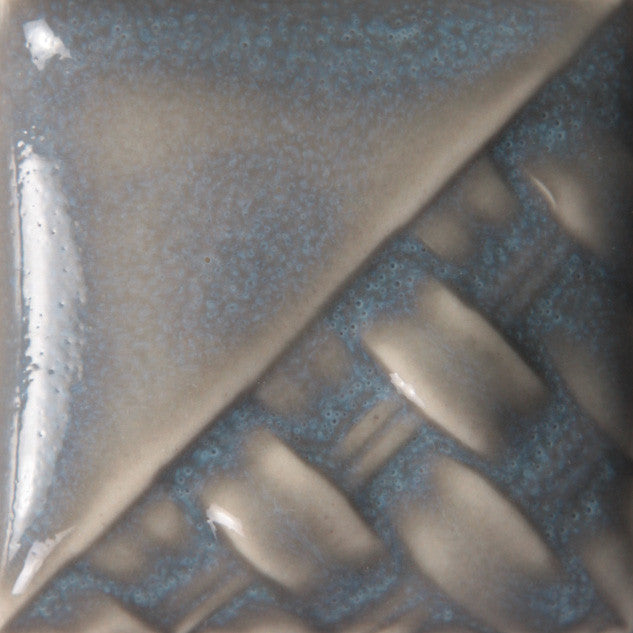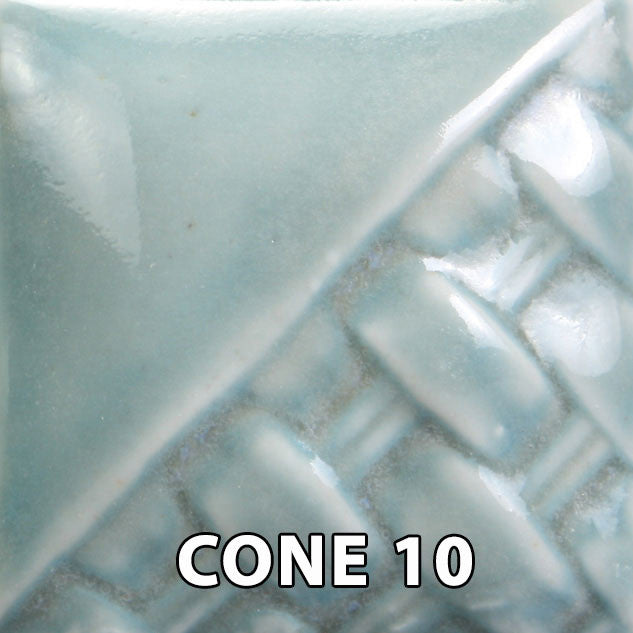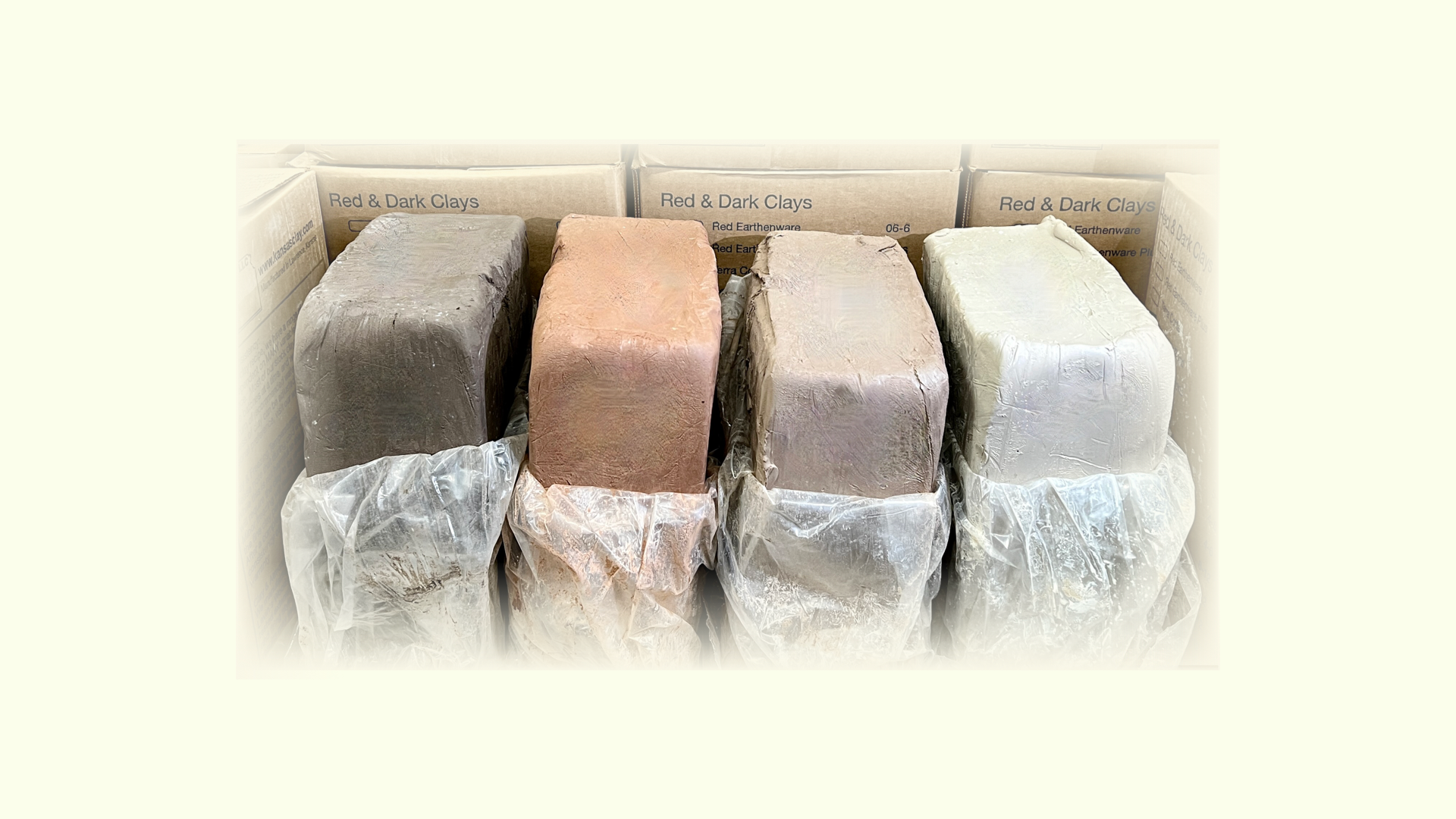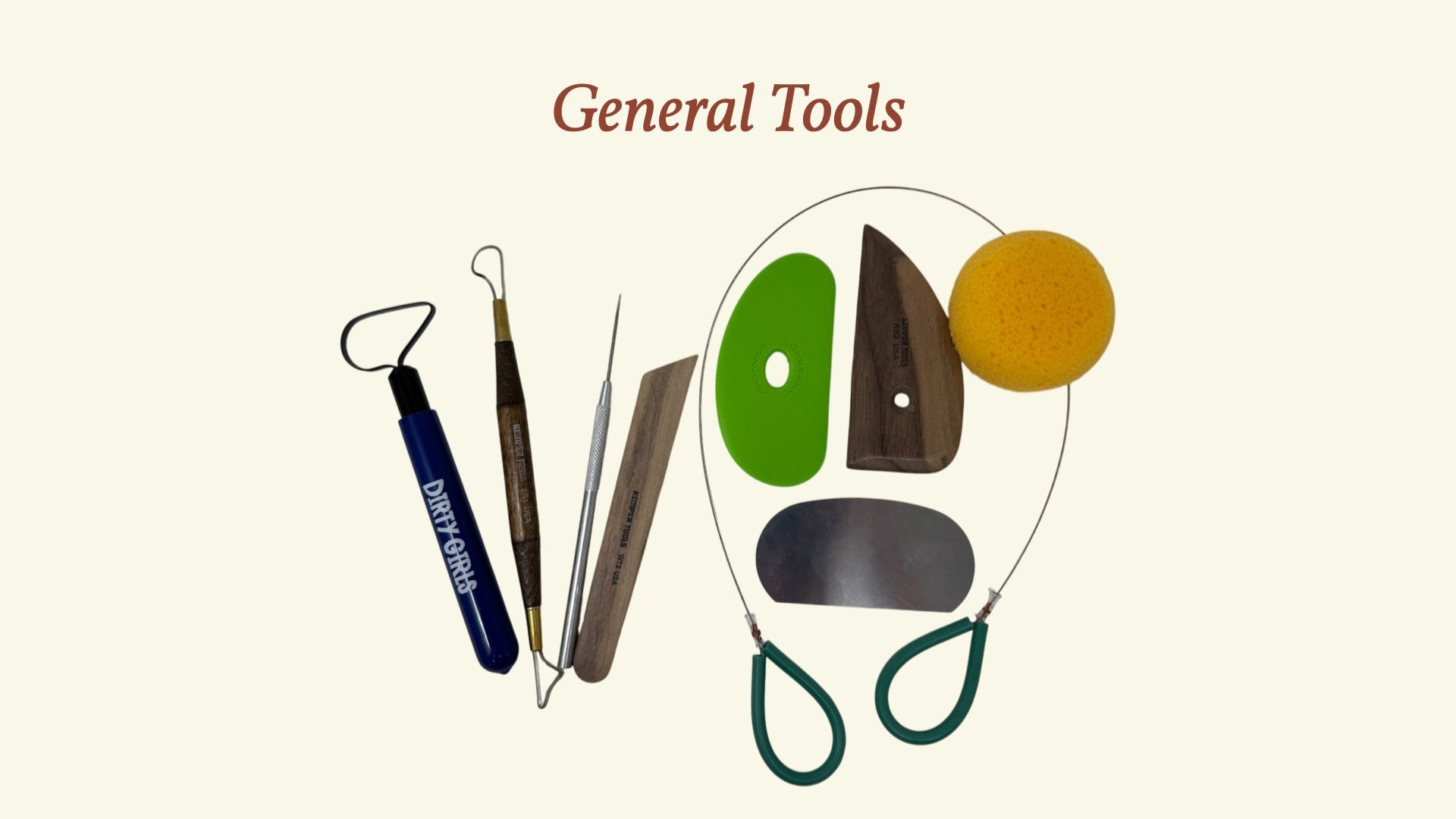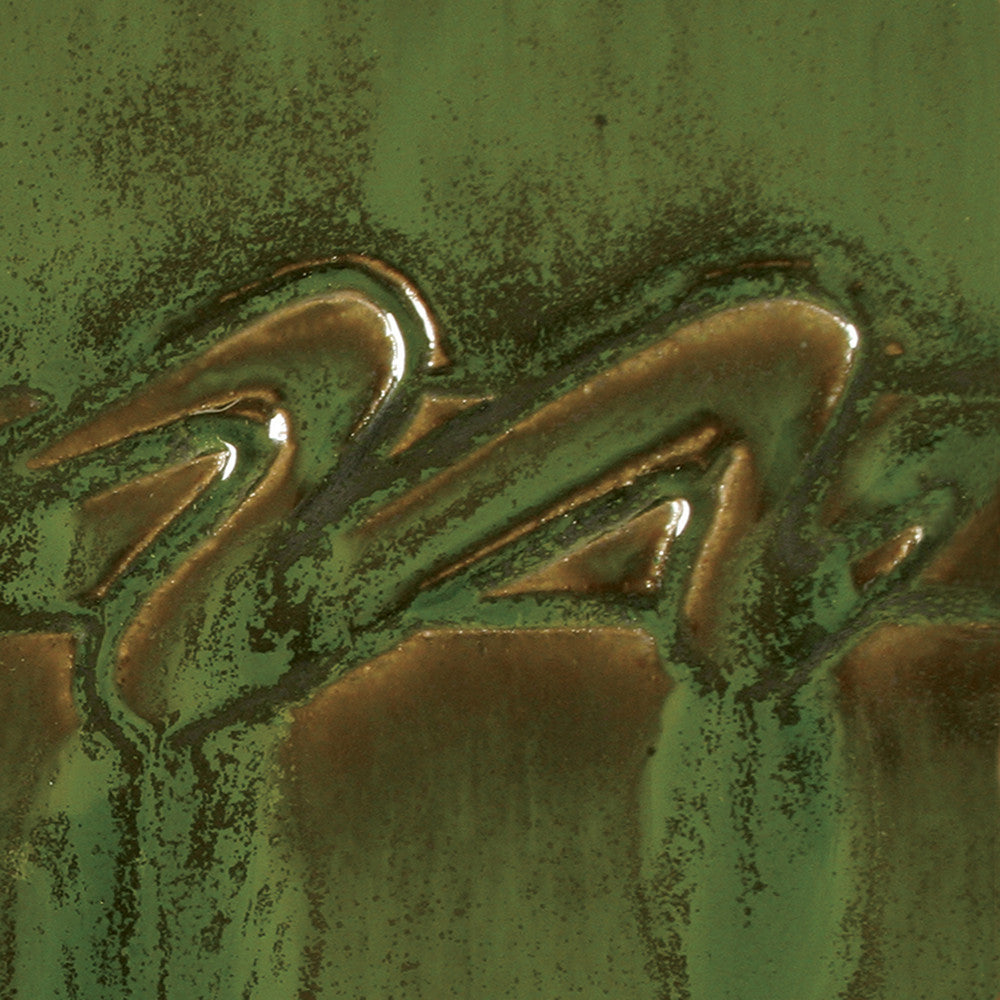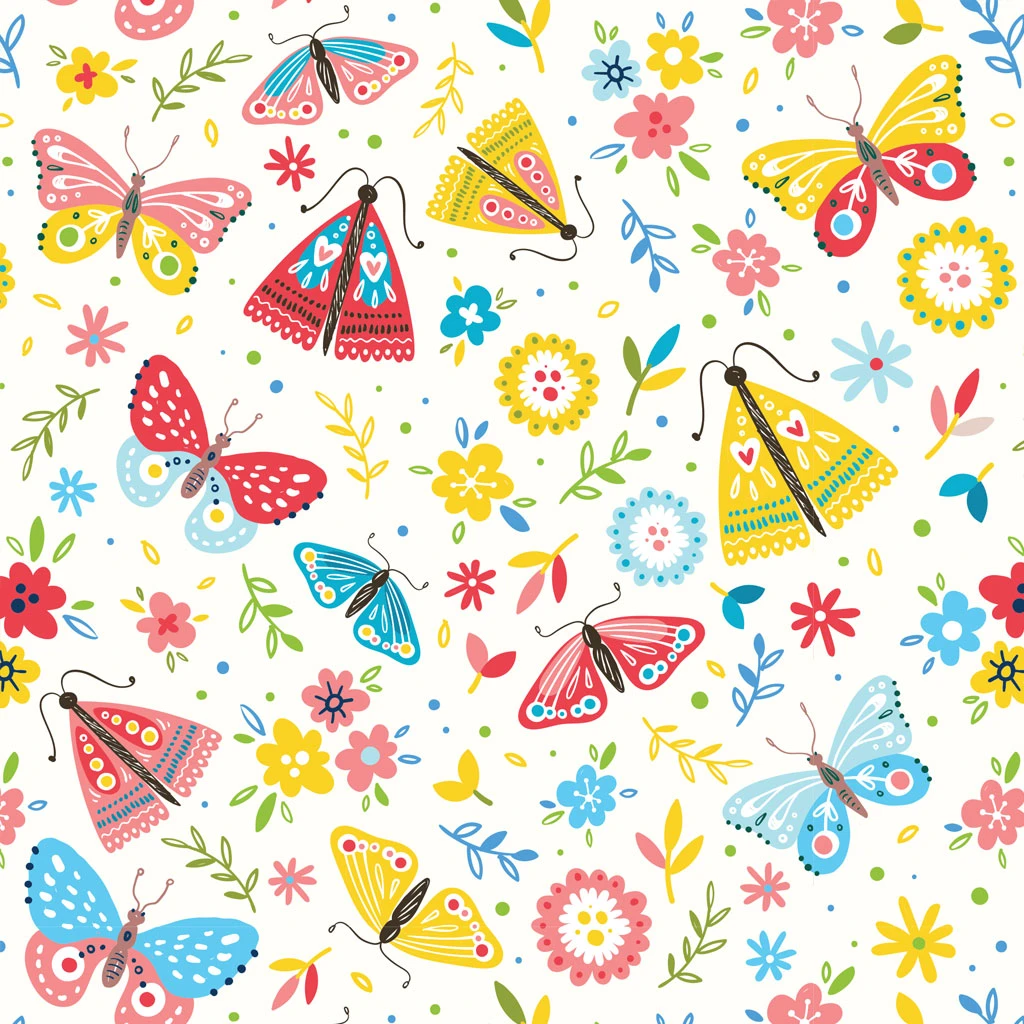Abalone Pint - Mayco SW Classics 143
Regular price
$17.00
Sale price
$17.00
Regular price
Choose your option
Amber Topaz Ice Glaze Pint - Mayco SW Classics 204
Regular price
$13.25
Sale price
$13.25
Regular price
Choose your option
Birch Pint - Mayco SW Classics 131
Regular price
$13.25
Sale price
$13.25
Regular price
Choose your option
Blue Opal Pint - Mayco SW Classics 252
Regular price
$17.00
Sale price
$17.00
Regular price
Choose your option
Blue Surf - Mayco SW Classics 100
Regular price
From $15.25
Sale price
From $15.25
Regular price
Choose your option
Copper Float Pint - Mayco SW Classics 129
Regular price
$13.25
Sale price
$13.25
Regular price
Choose your option
Copper Jade Pint - Mayco SW Classics 130
Regular price
$15.25
Sale price
$15.25
Regular price
Choose your option
Copper Ore Pint - Mayco SW Classics 133
Regular price
$17.00
Sale price
$17.00
Regular price
Choose your option
Coral Pint - Mayco SW Classics 205
Regular price
$17.00
Sale price
$17.00
Regular price
Choose your option
Coral Sands Pint - Mayco SW Classics 168
Regular price
$15.25
Sale price
$15.25
Regular price
Choose your option
Cordovan Pint - Mayco SW Classics 128
Regular price
$17.00
Sale price
$17.00
Regular price
Choose your option
Eggplant Pint - Mayco SW Classics 134
Regular price
$17.00
Sale price
$17.00
Regular price
Choose your option
Emerald Pint - Mayco SW Classics 210
Regular price
$17.00
Sale price
$17.00
Regular price
Choose your option
Fool•s Gold - Mayco SW Classics 178
Regular price
$15.25
Sale price
$15.25
Regular price
Choose your option
Frosted Lemon Pint - Mayco SW Classics 169
Regular price
$13.25
Sale price
$13.25
Regular price
Choose your option
Glacier Blue Pint - Mayco SW Classics 211
Regular price
$15.25
Sale price
$15.25
Regular price
Choose your option
Gray Opal Pint - Mayco SW Classics 255
Regular price
$17.00
Sale price
$17.00
Regular price
Choose your option
Green Opal Pint - Mayco SW Classics 253
Regular price
$17.00
Sale price
$17.00
Regular price
Choose your option
Green Tea - Mayco SW Classics 108
Regular price
$13.25
Sale price
$13.25
Regular price
Choose your option
Lavender Mist Pint - Mayco SW Classics 165
Regular price
$15.25
Sale price
$15.25
Regular price



































